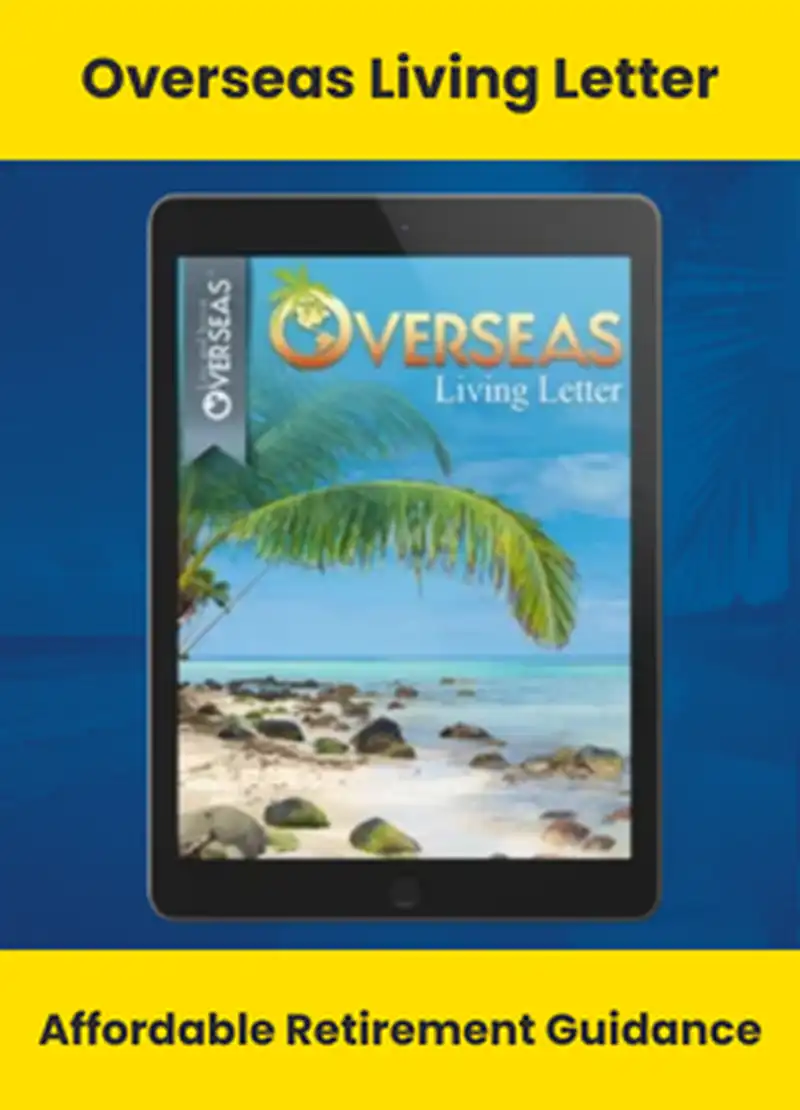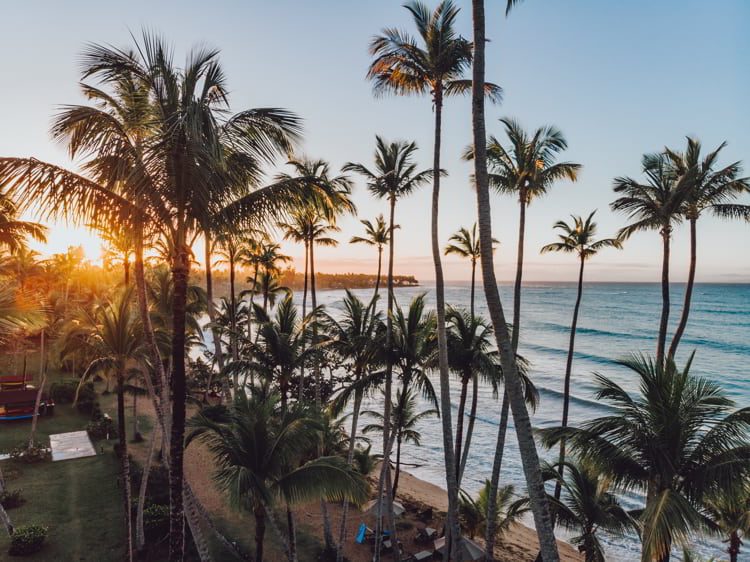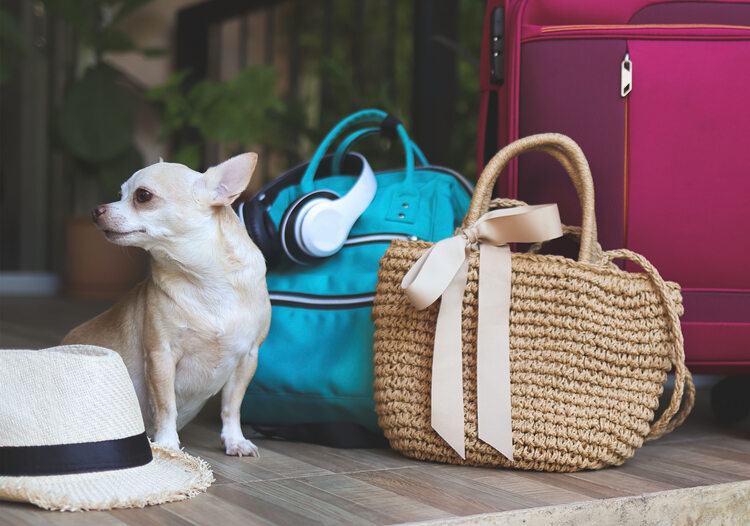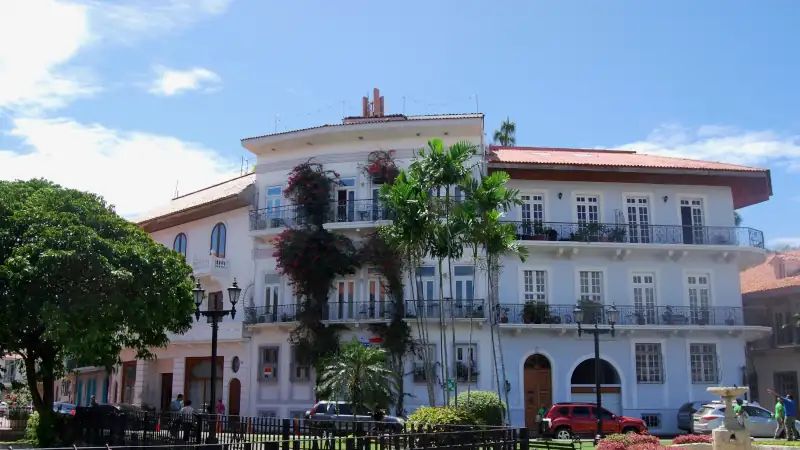Once you have made the decision to move permanently, deciding what household goods to bring the Dominican Republic and what to purchase in-country is the next step.
Things to be considered include whether or not you can import the items duty-free, whether they can be serviced locally and whether they are even necessary given the local circumstances (space heaters, for example, are obviously not something you will need in the tropics).
The electric current in Santo Domingo is the same as in the United States, 110-120 volts. Plugs are also the same two-prong outlets as in the North America.
Rented homes generally do not come with major appliances such as washing machines, dryers, refrigerators or even ovens.
Newcomers are advised to seriously consider leaving those big items at home and buying locally.
Purchasing such items locally will allow for easy and convenient servicing should that become necessary, and any guarantees on items bought abroad will probably not apply in the Dominican Republic.
Gas ranges that can be used during the frequent power outages are preferably to electric ones.
Air conditioners are expensive on the local market, and standing and ceilings fans are helpful to keep air circulating and the bugs at bay.
A dehumidifier is also useful given that high humidity is a constant in life in the Dominican Republic.
Surge protectors and UPS (uninterrupted Power Supplies) are highly advisable for sensitive electronic equipment, not only to give you time to save work on a computer when the power fails suddenly, but also to protect from surges that can damage the items.
Also consider bringing tools, as they are very expensive locally. Consider rechargables that can be kept plugged in and used even when there is no power.
Flashlights that remain plugged in are also useful, not only because they are always fully powered but because you always know where to find them — even in the dark.
New residents are allowed to bring in used household goods duty-free once they have official residency.
Unless someone else (an employer, for example) is paying for the import duties or you already have your residency papers and have owned the vehicle for at least three years — and have three years worth of registration papers to prove it — the hassle and expense of moving a car to the Dominican Republic is simply not worth it.
Used automobiles are readily available and inexpensive, And, new ones are also readily available, but not cheap.
When bringing a car, an SUV is strongly advisable. It will give you access to out-of-the-way places that might be on your sightseeing to-do list. And, it will be useful even during regular use.
Streets flood frequently during the rainy season. And, even in urban areas, potholes can be canyon-like and do serious damage to low-riding vehicles. SUVs also have a much higher resale value.
Import duties are determined by the suggested retail price of the car abroad and maintained in a central database in Aduanas that allows little room for maneuver.
Apart from a few pesos here and there to speed up the process, there is very little corruption involved.
The taxes are what they are. It is best to check with customs prior to bringing in the vehicle to reduce the possibility of an unpleasant surprise.
Duties on cars imported by new residents are reduced on a sliding scale that ranges from 20% for cars owned at least one year to 60% on cars owned for five years.










 . '
. '
 . '
. '
 . '
. '
 . '
. '
 . '
. '








